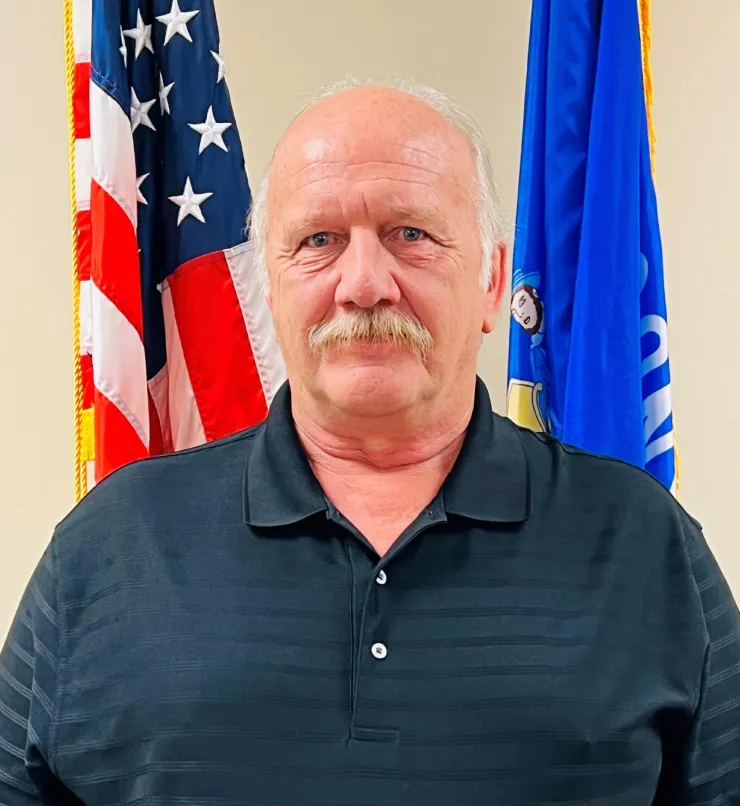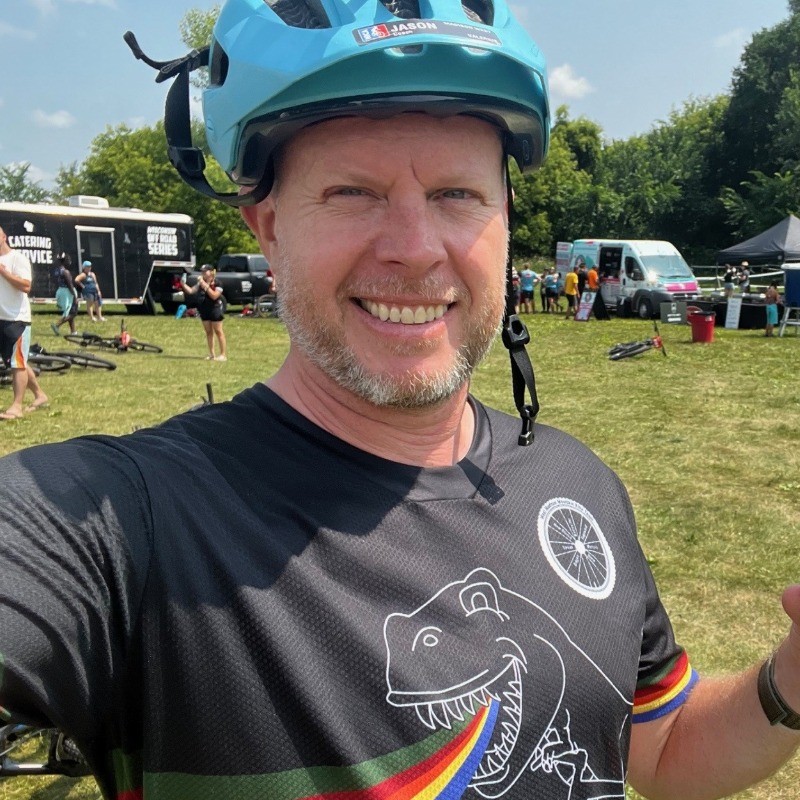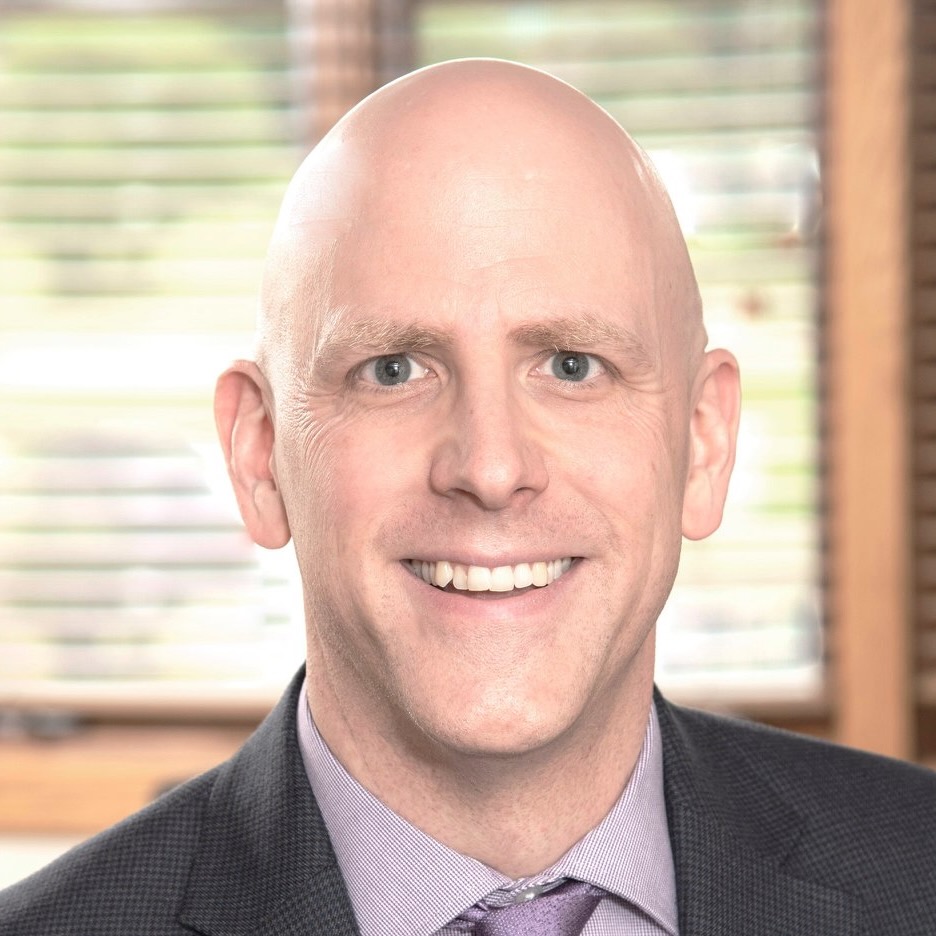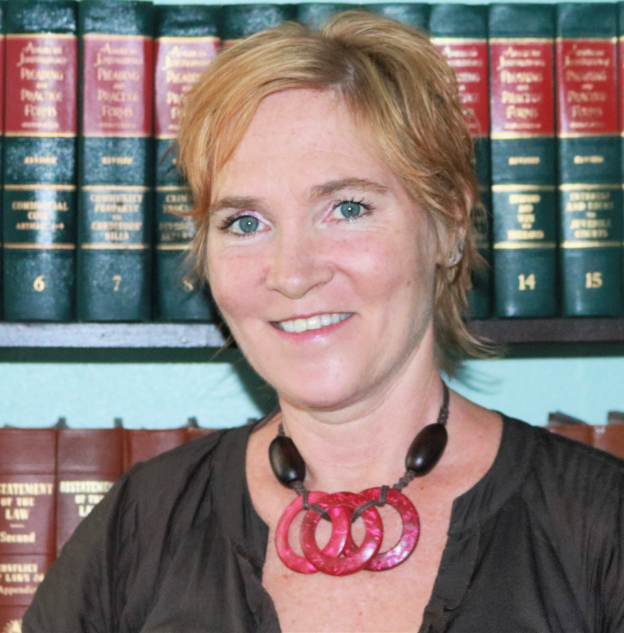Built to Be Quiet: Inside Wisconsin’s Hidden Layer of Government
The Reason We Exist
The Sunlight Report wasn’t built to chase scandals, take down individuals, or compete for front-page space. It was created to expose a blind zone in governance. This zone doesn’t sit at the top. It’s not the governor’s office. It’s not your city council. It’s deeper in the bureaucracy—regional agencies with the power to plan infrastructure, shape development, and move public money, all without direct elections, regular scrutiny, or a single voter in the room.
In Wisconsin, the clearest and most consequential example of this is the Regional Planning Commission.
RPCs emerged in the postwar boom, as suburban expansion collided with federal infrastructure spending. The federal government needed a way to coordinate across counties; states needed a mechanism to receive funds without redrawing political maps. The solution was structural: create middle-tier planning bodies that could process dollars, comply with regulations, and stay politically neutral.
Neutral, though, didn’t mean powerless. These commissions weren’t built to lead—they were built to comply. To grease the gears. To absorb money without stirring debate. They were engineered not to govern, but to certify. They were, quite literally, designed to check a box.
That box never went away. Decades later, the RPCs remain. So does the silence around them.
Most Wisconsinites don’t know these bodies exist. Fewer still know what they do. And almost no one is watching.
Who They Are and Where They Work
Wisconsin has nine Regional Planning Commissions. Each one spans multiple counties and operates under a dense acronym most residents have never heard:
- BLRPC — Bay-Lake (northeastern Wisconsin)
- CARPC — Capital Area (greater Madison)
- ECWRPC — East Central (the Fox Valley)
- MRRPC — Mississippi River (western Driftless region)
- NCWRPC — North Central (central interior)
- NWRPC — Northwest (far northwest)
- SEWRPC — Southeastern (greater Milwaukee)
- SWWRPC — Southwestern (southwestern counties)
- WCWRPC — West Central (around Eau Claire)
Each commission is governed by a board of appointed commissioners. Some are local elected officials in their home towns or counties—but none are elected to serve on the RPC. And that distinction is everything.
These commissions make real decisions. They direct infrastructure dollars, shape land use policy, influence transportation systems, and in some cases, affect local tax levies. Yet the people casting those votes never face the public in that role.
That’s not an oversight. It’s the design. No elections. No built-in accountability. That’s what makes these commissions stable—and what makes them largely invisible. They operate with legal power, but political insulation. No pressure. No scrutiny. No consequences.
Bureaucracy Without Stress
Elected officials feel pressure. School board members get emails. County supervisors get cornered at the grocery store. City councilors face voters. Even when they fail, they know someone’s watching—and that they can be replaced.
Now picture the opposite: a government body with no elections, no press coverage, no public attendance, no livestream, no accountability. Meetings are held during work hours, with no agendas, no documents, and no one asking questions.
That’s not dysfunction. That’s design.
In Wisconsin’s Regional Planning Commissions, we haven’t found corruption. We’ve found inertia—bodies going through motions in sealed procedural loops, untouched by public friction. They meet. They vote. They disburse funds. But they don’t evolve. They don’t explain. They don’t adapt—because no one is making them.
What keeps them alive isn’t local demand. It’s federal money. Most RPC budgets come not from the counties they serve, but from federal grants, mandates, and pass-throughs routed through state agencies. Local property tax levies play a minor role. In practice, they’re federal tools stamped with local labels.
That’s what makes them so convenient—for Washington. Want to move broadband funds without a fight? Push them through an RPC. Want to avoid statehouse politics or a veto from a skeptical county board? Use an RPC. They rarely say no. They’re not built to.
But the public never consented to this structure. No one voted for it. And as these commissions absorb more influence over planning, infrastructure, and spending, their opacity becomes not just a flaw—but a democratic risk.
When They Meet, You’re Probably at Work
If a government body actually wants the public involved, one of the clearest tells is simple: when it meets.
Wisconsin’s Regional Planning Commissions are required to meet in public. But there’s a difference between meeting in public and meeting for the public.
We reviewed full commission meetings across all nine RPCs. Here’s what we found:
- BLRPC — Fridays at 10:00 a.m., De Pere
- CARPC — Thursdays at 6:00 p.m., Verona
- ECWRPC — Thursdays at 10:00 a.m., Menasha
- MRRPC — Wednesdays at 10:00 a.m., Onalaska
- NCWRPC — Wednesdays at 11:00 a.m., Wausau
- NWRPC — Schedule not posted; agendas paywalled
- SEWRPC — Wednesdays at 3:00 p.m., rotating locations
- SWWRPC — Tuesdays at 9:00 a.m., Platteville
- WCWRPC — Thursdays at 10:00 a.m., Eau Claire
Only CARPC meets in the evening. SEWRPC’s 3:00 p.m. slot is the latest among daytime bodies—but still out of reach for most working residents, parents, and commuters.
The result: empty rooms.
Legally, these meetings meet the standard. Functionally, they exclude the public. A Tuesday morning meeting—not in the region’s urban core, nor in the rural areas most affected, but simply where the commission’s office happens to be—isn’t designed for public attendance. Maybe that’s not the intention—but it’s unmistakably the effect.
Where They Meet—and Who Can’t Get There
You wouldn’t expect a school district to hold its budget meeting four counties away at 9:00 a.m.—and expect parents to attend. But that’s exactly what Wisconsin’s Regional Planning Commissions do.
The problem isn’t just timing. It’s geography. RPCs cover huge areas—some spanning hundreds of miles. If you live on the edge of a region, attending a meeting can mean hours of travel, just to sit quietly in a room where you can’t speak and may not even see the materials.
Yet most RPCs still require in-person attendance. In 2025, that’s not just outdated. It’s obstruction.
Here’s how access breaks down:
- BLRPC — in-person only
- CARPC — full virtual access via Zoom
- ECWRPC — in-person only
- MRRPC — full virtual access via Zoom
- NCWRPC — in-person only
- NWRPC — access unclear; materials withheld
- SEWRPC — full virtual access via Zoom
- SWWRPC — in-person only
- WCWRPC — in-person + audio-only dial-in
Only CARPC, MRRPC, and SEWRPC offer real virtual access. And only CARPC offers both online meetings and evening hours. That’s what accessibility looks like. The rest, whether by intent or indifference, make it easy for the public to stay away—and then treat that absence as normal.
When the state authorized these commissions, it didn’t explicitly ban accessibility. It simply didn’t require it. That silence created a system where exclusion isn’t deliberate—it’s just the default.
The Public Can Attend—But Not Speak
Even if you manage to find the time and location to attend an RPC meeting, chances are you still won’t be allowed to speak.
Here’s what we found:
- BLRPC — no public comment
- CARPC — formal public comment on the agenda
- ECWRPC — formal public comment on the agenda
- MRRPC — comment allowed only at chair’s discretion
- NCWRPC — no public comment
- NWRPC — agendas provided through its own site, and in direct correspondence, its legal counsel Sven Strutz confirmed the commission “has no plans to offer any opportunity to make a public comment, either in person or remotely—nor is it required to do so by any controlling legal authority.”
- SEWRPC — no public comment
- SWWRPC — no public comment. When asked why, Executive Director Troy Maggied did not indicate any intention to add it in the future.
- WCWRPC — no public comment
That’s seven out of nine commissions where the public either cannot speak at all, or may only speak if a chair informally permits it. MRRPC’s Executive Director Jon Bingol warned that participants who “cause distractions” could be removed—underscoring how presence is allowed, but participation is conditional.
Legally, this is all allowed. Wisconsin law does not require public comment at open meetings. But law and legitimacy are not the same thing.
If you’re voting on infrastructure priorities, approving loan disbursements, or shaping regional policy with public money, the people funding those decisions have a right to be heard. That’s not a courtesy. That’s the core of democratic governance.
RPCs often defend the silence by noting that many of their commissioners are also elected officials elsewhere—in townships, counties, or municipalities. Maybe so. But those elections did not confer authority here. This is a separate role, in a separate forum, with separate decisions—and the accountability doesn’t carry over. It must be earned.
The right to speak isn’t a luxury. It’s a test. And most of these bodies are failing it.
The Notice Is Posted. That’s About It.
Want to attend an RPC meeting? Good luck finding out when it happens.
Wisconsin’s Open Meetings Law—Wis. Stat. § 19.84—is rooted in a different era. Written when public notice meant tacking a flyer to a courthouse door, it allows government bodies to meet legal requirements by posting agendas in public buildings, running a newspaper ad, or notifying a generic “media list.”
That might work for a town board in a rural township. It makes no sense for multi-county commissions managing millions in federal funds and shaping regional development.
And yet, most RPCs still cling to this antiquated model.
Some post agendas online—but inconsistently and often too late. Others don’t post at all. NWRPC, for example, does not post agendas to its own website and required external sleuthing from our team to find an agenda, buried on a county government page. When questioned on the matter, NWRPC’s legal counsel Sven Strutz defended the omission by stating that website notice is optional, and that NWRPC “is already in compliance” because it physically posts notices in ten counties and emails newspapers. When pressed on accessibility, the response was clear: maintaining a central, public calendar online is not part of their design.
Or take the SWWRPC. On May 27, 2025, it met at 9:00 a.m.—but at 9:12 a.m., while the meeting was already in progress, its own website still showed no agenda. Only after our team contacted their Executive Director Troy Maggied did the agenda appear online. When asked why, Maggied responded that “posting in our counties is the priority”—a statement that sidesteps the agency’s own website and erases online access as a public standard. Yet that same website, billed as a portal for meeting access, had posted no agendas between February and late May, and no minutes since the previous November. On paper, the public was welcome. In practice, they had no way to know where to be—or why.
He was right—legally. But legally sufficient isn’t good enough.
Any agency capable of managing federal grant streams can maintain a website. Any commission with public duties can send a timely agenda to real media and real stakeholders. The fact that so many don’t is not logistical—it’s cultural.
They don’t expect anyone to come. And after enough years of silence, the public has stopped trying.
The Agenda Says Nothing. The Packet Doesn’t Exist.
Say you do everything right. You find the meeting notice. You take a morning off work. You drive two hours to the site. What’s on the agenda?
Almost nothing.
Here’s a direct excerpt from Bay-Lake RPC’s upcoming agenda for June 13:
IV. Committee Reports; Discussion/Action May Be Taken.
V. Communications
VI. Contracts; Discussion/Action May Be Taken.
VII. April 2025 and May 2025 Bills and Receipts; Discussion/Action May be Taken.
VIII. 2026 Levy Rate; Discussion/Action May Be Taken.
IX. 2025 Budget Progress Report; Discussion.”
No contract names. No dollar amounts. No project titles. No context.
This isn’t an outlier. This is how most RPCs operate.
And what about the meeting packet—the actual documentation? You won’t find it. Only CARPC and ECWRPC consistently publish their packets. The rest post nothing. No budgets. No reports. No maps. No memos. No contracts. No staff recommendations.
The agenda tells you a meeting is happening. The packet tells you what it’s for. And for most RPCs, that information is withheld.
Even when packets exist—as they always do—they’re treated as internal documents. Access is delayed, denied, or ignored unless forced through a formal records request. Without that packet, the public can’t comment intelligently. In most cases, they can’t even tell what’s being voted on.
When asked whether SWWRPC distributes any public meeting packets—or shares materials with the counties in advance—Executive Director Troy Maggied gave no answer. As of late May, its website had not posted any minutes since November 2024, despite multiple meetings occurring. No agendas had appeared between February 27 and May 27. Whatever internal documentation exists is not shared with the public. And without it, there’s no foundation for scrutiny. For more than six months—including at least three documented meetings—SWWRPC left the public with no official agenda, no posted minutes, no livestream, and no ability to track what decisions were made or who made them.
This culture of withholding extends beyond the public. In a May 2025 exchange, NWRPC’s legal counsel Sven Strutz acknowledged that even its executive director had not seen the full draft of the audit report scheduled for potential action at the next day’s meeting. “Not even Executive Director Sheldon Johnson possesses a copy of the full draft,” he wrote. “The Executive Committee members do not possess a copy.” Instead, members would receive a seven-page excerpt during the meeting itself—too late for review, too late for challenge, and entirely opaque to the public.
This isn’t transparency. It’s choreography—governance staged for no audience, designed to avoid engagement at every step.
The Meeting Is Over. There’s No Record It Happened.
After most RPC meetings, the public is left with nothing but a set of minutes. Here’s a direct excerpt from one such meeting:
“Executive Director Jason Valerius reported highlights from the Executive Director’s Report in the meeting packet, including regional population projections (still in progress), 2026 funding strategies for Salt Wise, a recap of the Midwest Climate Summit, the Starkweather Creek Technical Committee, and public records requests.”
This is what passes for an official public record. It tells us that population projections were mentioned—but offers no numbers, no methodology, no timeline, and no indication of what assumptions are guiding them or who is responsible for their development. The mention of funding strategies for Salt Wise includes no dollar amounts, no funding sources, and no explanation of what the strategy entails or what decisions were made. The recap of the Midwest Climate Summit provides no summary, no relevance, no insight into what was discussed, learned, or acted upon. The reference to the Starkweather Creek Technical Committee gives no context—no report content, no recommendations, no follow-up. The public records requests are noted, but not described: no detail on what was requested, by whom, whether the requests were fulfilled, denied, delayed, or even acknowledged.
These items are simply listed as having been reported. The minutes include who moved to accept the report and who seconded the motion, and they confirm that the motion passed. But beyond that, they reveal nothing about the process. Was there discussion? Were there concerns raised? Questions asked? Were any items contested, or were they nodded through in silence? Was the vote immediate, or did it follow a debate? Did anyone hesitate, or push back? The minutes don’t say. They don’t describe tone, content, or sequence. They record that something occurred, but not how, why, or with what effect.
There is no audio. No video. No transcript. The meeting packet—referred to, but never shared—is not available to the public. Even the commissioners, in some cases, don’t receive full documents until the moment of the vote.
What remains is a procedural artifact: motions moved, seconds logged, and actions taken, all without deliberative substance. It gives the appearance of recordkeeping, while withholding everything that would make that record meaningful.
This is not transparency. It’s administrative theater—performed for no audience, and preserved in name only.
Only CARPC posts recordings of any of its meetings. The other eight do not. That’s not a clerical oversight—it’s a collapse of institutional memory. If a public body meets and no one can hear what happened, can it be held accountable? Can it even be said to have governed?
Recordings are not a luxury. They are the democratic minimum. They let journalists verify facts. They let residents catch up. They let stakeholders follow decisions that affect them. And most of all, they change how officials behave.
When you know you’re on record, you choose your words. You justify your vote. You take the public seriously—because the public might hear you.
Without recordings, RPC meetings are performances for insiders. And the performance ends the moment the room clears.
For most of these bodies, the only evidence a meeting even occurred is a five-line summary and a signature. That’s not transparency. It’s box-checking—just enough to stay legal, and not one step further.
We Want to Get It Right. So It’s Coming Next Tuesday.
The Wisconsin Municipal Transparency Scorecard was set to launch today. We’re holding it one more week.
Why? Because precision matters. And we don’t miss.
The Scorecard isn’t just a checklist. It’s a full-spectrum tool that uses AI to scan and evaluate agendas, notices, and meeting formats from public bodies across the state. It cuts through bureaucratic fog and tells you, in plain language, what your government is doing—and whether it’s doing it in public.
The engine runs on the ChatGPT API. When that API went down during critical testing on June 9 and 10, we paused. Not because we weren’t ready—but because we refuse to ship it until it’s exact.
Next Tuesday, you’ll see it in action. You’ll know which agencies post real agendas. Which share packets. Which livestream. Which take public comment. Which make room for you—and which don’t.
This isn’t about blame. It’s about exposure. Once the public can see what’s happening, they can demand better. And better is the point.
Nothing Changes Unless Someone Insists It Should
This isn’t a call to dismantle Regional Planning Commissions. Regional coordination matters. Infrastructure spans borders. Watersheds don’t observe zoning lines. Counties need to plan together.
But that necessity doesn’t excuse opacity.
Too often, coordination becomes a cover for exclusion—decisions made out of sight, under the banner of efficiency.
Meetings without attendees. Agendas that disclose nothing. Votes without records. Commissioners with no electoral mandate. Public voices excluded. When a citizen’s written comment is deemed unlawful to read aloud—because it wasn’t itemized on the agenda—what you’re seeing isn’t bureaucratic caution. It’s systemic insulation.
These aren’t glitches. They’re blueprints—designed to minimize scrutiny, resist friction, and persist without pressure. Left alone, they don’t adapt. They entrench.
That’s why The Sunlight Report exists—to ask for the documents, show up at the meetings, and refuse to accept “we’re not required to” as an answer to a basic public right.
Not to provoke, not to perform—but to press. To insist that public power belongs to the public. That silence is not neutral—it’s a strategy.
Bureaucracy doesn’t self-correct.
It responds only when it’s seen.
So we’re watching.
And we won’t stop.




